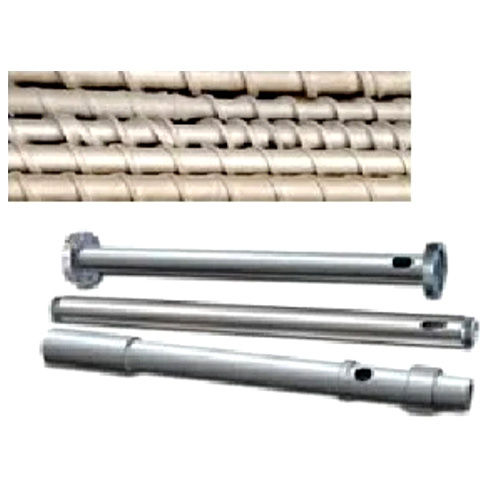Gas Nitriding Services
Gas Nitriding Services Trade Information
- Minimum Order Quantity
- 1 Kilograms
- Payment Terms
- Cash Against Delivery (CAD), Cash on Delivery (COD), Cash Advance (CA), Cash in Advance (CID), Cheque
- Main Domestic Market
- All India
About Gas Nitriding Services
GasNitriding is an excellent alternative toliquid nitriding with the proven ability to meet and exceed the capabilities ofthe liquid treatments.
Liquidand gas nitriding have historically been used to fill different niches, withgas nitriding typically being used for deeper cases which are impossible toproduce with liquid nitriding. In actuality, the two processes are nearlyidentical, as they rely on the same fundamental principles to achievehardening. Gas nitriding was the first process to be developed, with the firstpatent being in 1908. Liquid nitriding became popular in the 1930s because itoffered better uniformity and required a lower capital investment than the gasnitriding furnaces of the time. These advantages do not hold true in thepresent day, as modern controlled gas nitriding has advanced to the point whereit is displacing liquid nitriding as the method of choice for low temperaturecase hardening.
The"Post-Oxidation or "Oxynitriding process is the gas equivalent of thebrand-name QPQ process typically offered with liquid nitriding. With bothprocesses, a black Fe3O4 oxide layer is formed to improve thecorrosion-resistance. AIHT™s Post-Oxidation Reaction (PROTM) process replicatesthe QPQ process of liquid nitriding.
Surfacehardness is dependent on material chemistry, and thus is equivalent betweennitriding processes. Core hardness is dependent on initial tempering conditionprovided that the nitriding temperature used is significantly below thetempering temperature. The radial growth of the component is related to theamount nitrogen that is diffused into the surface (which can be approximated bycase depth), and will be equivalent for comparable case depths
GasNitriding can be tailored to generate cases of virtually any depth includingdepths shallower than Liquid Nitriding. Since gas nitriding is computercontrolled, it is much easier to meet thin case specifications as are commonlyfound in sour service applications

- Minimum Order Quantity
- 1 Kilograms
- Main Domestic Market
- All India

Price:
- 50
- 100
- 200
- 250
- 500
- 1000+



